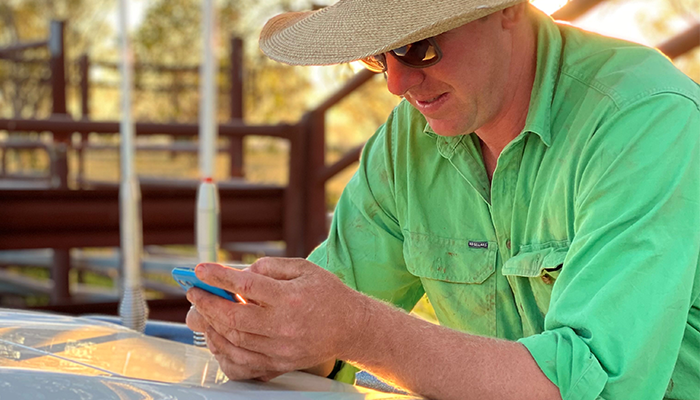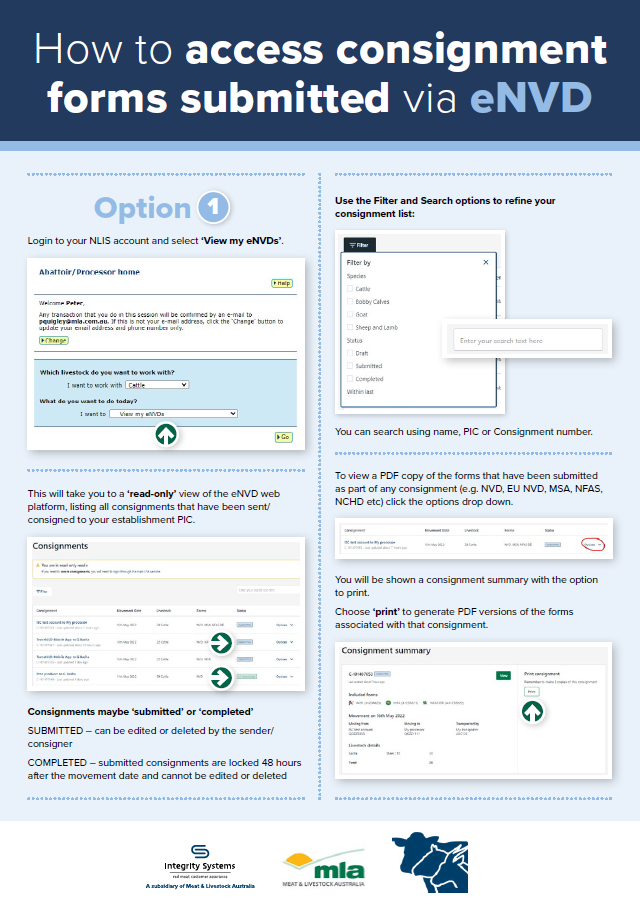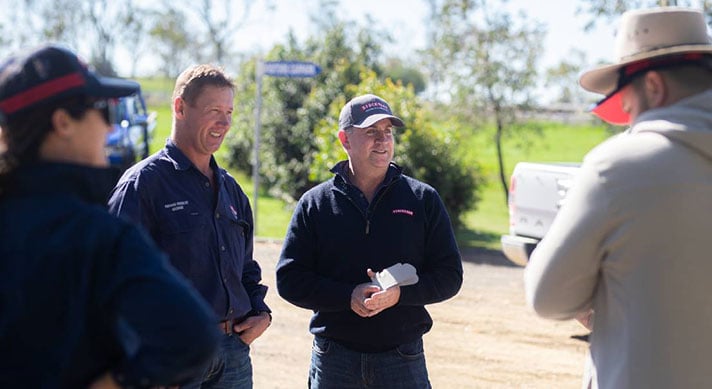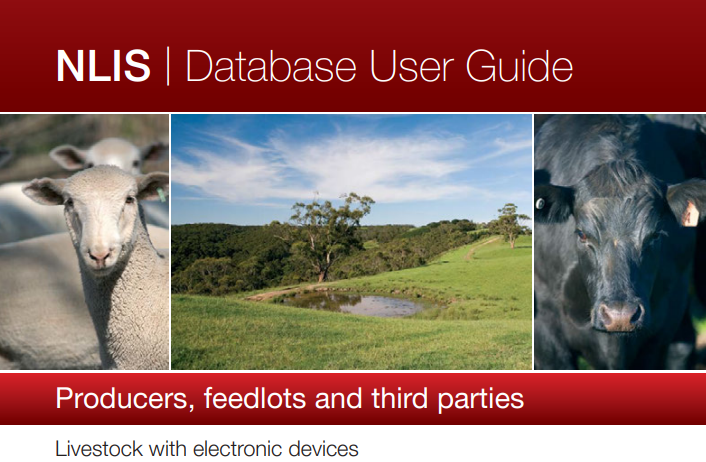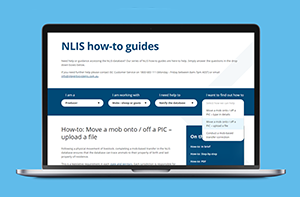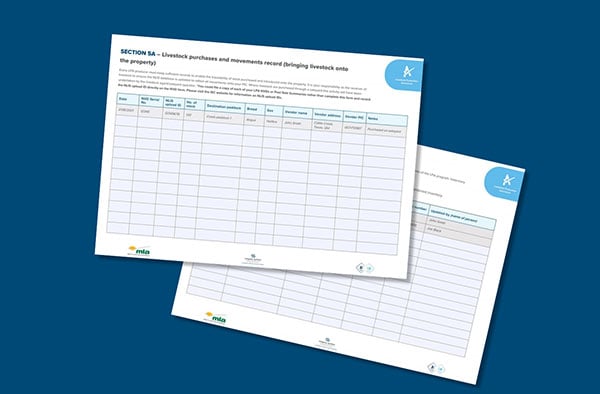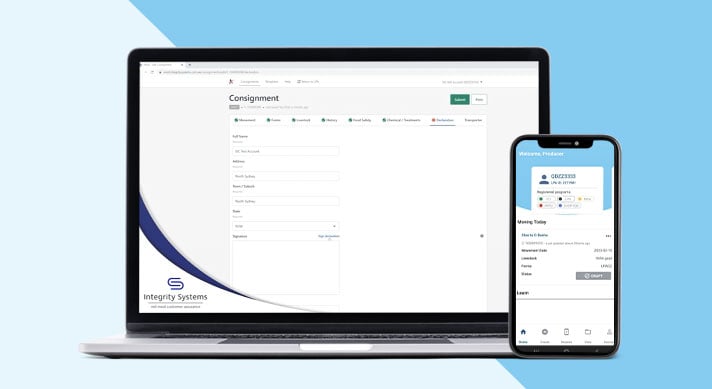
The integrity system for feedlots
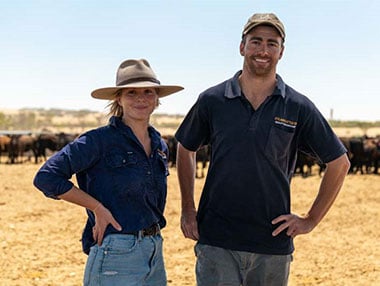
Feedlots play an important role in the integrity system. Like livestock producers, feedlots are responsible for keeping integrity records in order and ensuring their practices align with integrity system requirements.
The Australian red meat integrity system combines livestock traceability with on-farm assurance to maintain the integrity and reputation of Australian red meat. This system underpins our livestock selling system and delivers customer confidence in the red meat products we produce.
Integrity Systems Company (ISC) is responsible for managing and delivering the core elements which make up Australia’s red meat integrity system.
Livestock Production Assurance (LPA)
LPA is the Australian livestock industry’s on-farm assurance program, covering food safety, animal welfare and biosecurity. LPA provides evidence of how you manage your farm and animals and transfers this evidence along the value chain as livestock are bought and sold – from producers to processors and, eventually, our customers.
LPA-accredited producers commit to carrying out specific on-farm practices across seven requirements and can manage their accreditation via their online account.
While LPA is a voluntary industry program, accreditation provides more opportunities for marketing livestock. To ensure information remains current, LPA accreditation must be reviewed every three years and is maintained by completing online learning, an assessment, managing livestock according to LPA requirements and paying the required fee.
Being accredited with LPA means that livestock producers agree to abide by the LPA Rules and Standards. This is a formal commitment to undertake specific on-farm practices that ensure Australian red meat will be safely and ethically produced. It is a guarantee that producers stand by what they sell.
In addition, LPA-accredited producers need to source livestock from other LPA-accredited producers and must participate in an audit if requested.
